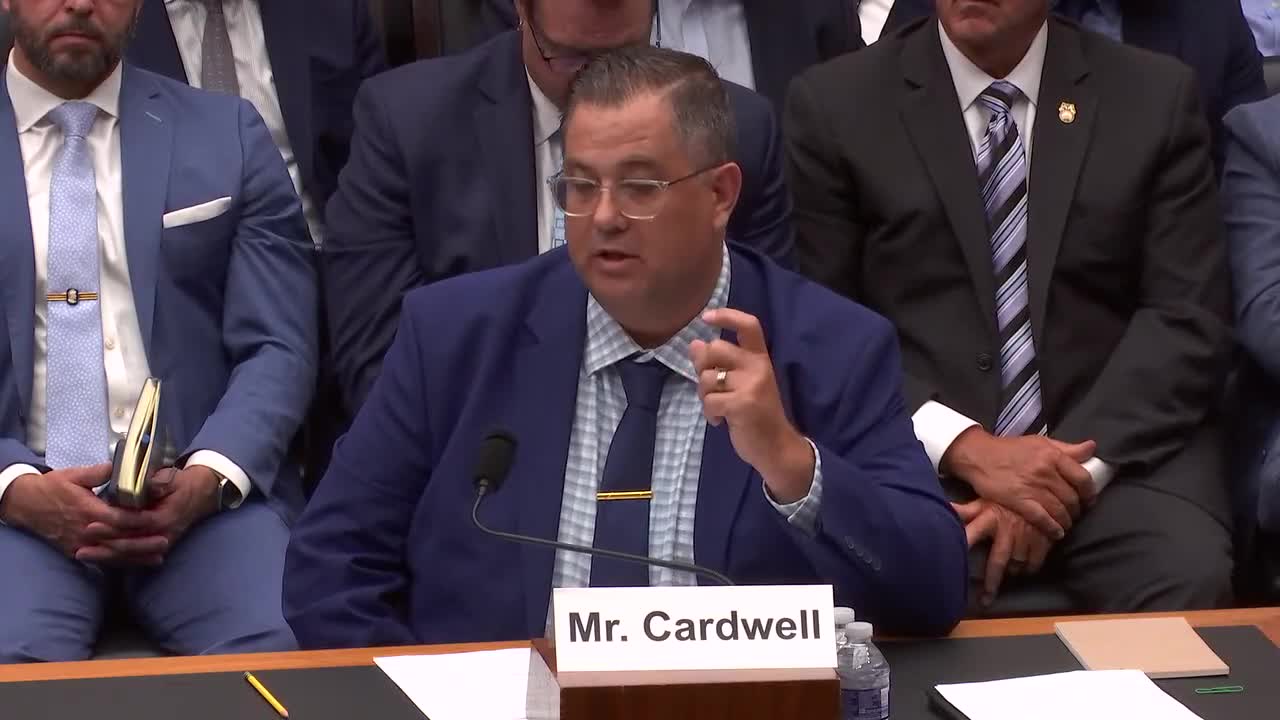Congress explores automated rail inspection tech to enhance safety and efficiency
June 25, 2025 | Transportation and Infrastructure: House Committee, Standing Committees - House & Senate, Congressional Hearings Compilation
This article was created by AI summarizing key points discussed. AI makes mistakes, so for full details and context, please refer to the video of the full meeting. Please report any errors so we can fix them. Report an error »

In a recent meeting of the U.S. House Committee on Transportation and Infrastructure, discussions centered on enhancing safety and efficiency in America's rail system through innovation and technology. Key stakeholders emphasized the importance of integrating automated inspection technologies with traditional human oversight to reduce derailments and improve overall safety.
One of the primary topics was the role of automated track inspection technology, which proponents argue can significantly enhance the capabilities of human inspectors. This technology continuously measures track conditions, identifying issues that may go unnoticed by the human eye. Advocates for this approach stressed that it should be used more frequently, not less, to bolster safety measures already in place.
Representatives from various freight railroads highlighted the economic significance of rail transport, particularly in states like Kansas, where over 4,600 miles of active rail connect local producers to broader markets. They underscored the need for a balanced regulatory environment that supports safety while avoiding overly burdensome regulations that could hinder operations.
The meeting also touched on the challenges posed by inconsistent government regulations, which can complicate compliance for rail operators. Stakeholders called for a more performance-based regulatory framework that would provide clearer guidelines and greater certainty for railroads and suppliers.
Safety was a recurring theme, with discussions on how past deregulations have contributed to improved safety outcomes in the industry. The use of data analytics and artificial intelligence was highlighted as a means to enhance operational safety and efficiency, with companies already leveraging vast amounts of data to inform maintenance and operational decisions.
As the meeting concluded, participants expressed a commitment to fostering innovation in rail technology while ensuring that safety remains the top priority. The discussions reflect a broader goal of creating a rail system that not only meets the demands of the economy but also prioritizes the safety of communities and workers across the nation.
One of the primary topics was the role of automated track inspection technology, which proponents argue can significantly enhance the capabilities of human inspectors. This technology continuously measures track conditions, identifying issues that may go unnoticed by the human eye. Advocates for this approach stressed that it should be used more frequently, not less, to bolster safety measures already in place.
Representatives from various freight railroads highlighted the economic significance of rail transport, particularly in states like Kansas, where over 4,600 miles of active rail connect local producers to broader markets. They underscored the need for a balanced regulatory environment that supports safety while avoiding overly burdensome regulations that could hinder operations.
The meeting also touched on the challenges posed by inconsistent government regulations, which can complicate compliance for rail operators. Stakeholders called for a more performance-based regulatory framework that would provide clearer guidelines and greater certainty for railroads and suppliers.
Safety was a recurring theme, with discussions on how past deregulations have contributed to improved safety outcomes in the industry. The use of data analytics and artificial intelligence was highlighted as a means to enhance operational safety and efficiency, with companies already leveraging vast amounts of data to inform maintenance and operational decisions.
As the meeting concluded, participants expressed a commitment to fostering innovation in rail technology while ensuring that safety remains the top priority. The discussions reflect a broader goal of creating a rail system that not only meets the demands of the economy but also prioritizes the safety of communities and workers across the nation.
View full meeting
This article is based on a recent meeting—watch the full video and explore the complete transcript for deeper insights into the discussion.
View full meeting